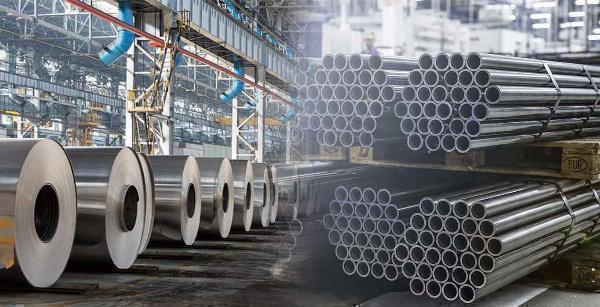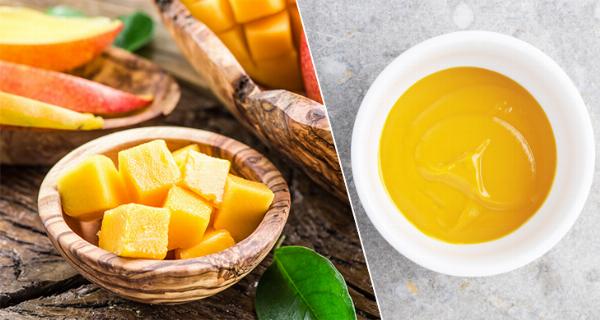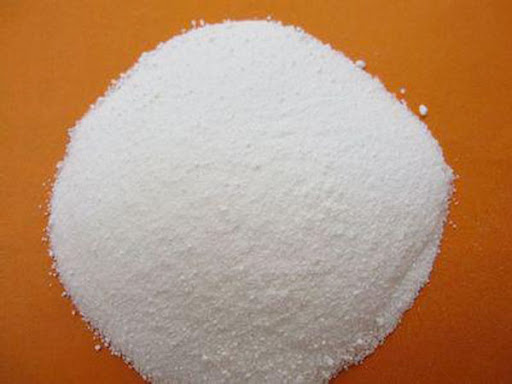Panchakarma therapy is the foundation of Ayurvedic medicine. It has been practiced in India for thousands of years. It is a powerful treatment for detoxification and rejuvenation. This blog explains everything about the therapy—its stages, benefits, and the supportive elements that enhance its effectiveness. Let’s begin by understanding the meaning of Panchakarma.
The word “Panchakarma” has its roots in Sanskrit. Panchakarma means “five actions” or “five procedures.” These five procedures are designed to cleanse the body of toxins, restore balance, and strengthen the immune system. In essence, Panchakarma refers to five distinct therapeutic methods.
Now, you may have a few questions: Why is Panchakarma performed? What are the specific benefits of undergoing this therapy?
As human beings, we are constantly subjected to stress from our daily routines and life’s pressures. Additionally, environmental pollution and unhealthy eating habits lead to various health issues. If you want to address such health problems at their root, Panchakarma is the ideal treatment.
In today’s fast-paced world, where health issues affect people of all ages—be it the youth or the elderly—Panchakarma provides a natural and holistic approach to healing. Through this blog, we will share a step-by-step explanation of the Panchakarma treatment as offered by experts at Vedicmed. Although most Ayurvedic centers follow similar procedures, the focus of this blog is on the five main Panchakarma therapies available at Vedicmed. Let’s explore them together.
Panchakarma Comprises Five Parts: Panchakarma comprises five main methods of treatment, each playing a specific role in balancing the doshas (Vata, Pitta, Kapha) and promoting overall health and well-being according to Ayurvedic principles:
1.Vamana (Emesis):
Vamana treatment involves induced vomiting to expel excess mucus and toxins from the respiratory and digestive tracts.
2.Virechana (Purification):
A controlled cleansing process, virechana removes accumulated bile-related toxins from the body, primarily through the intestines.
3.Basti (Enema):
Basti involves the introduction of herbal infusions, oils, and other substances through the rectum to cleanse and nourish the colon, promoting the elimination of toxins.
4.Nasya (Nasal Administration):
Medicines in the form of oils or powders are administered through the nostrils to cleanse and rejuvenate the nasal passages and related structures, promoting respiratory health.
5.Raktamokshana(Blood Discharge or Blood Purification):
This procedure aims to purify the blood by removing impurities and toxins, usually through techniques such as leech therapy or using sterile surgical instruments.
Benefits of Panchakarma Therapy:
1.Panchakarma helps flush out toxins from the body, giving it a deep cleanse.
2.It supports better metabolism while the body goes through the cleansing process.
3.This therapy can also help with healthy weight loss.
4.It strengthens your digestive system and improves how well your body processes food.
5.By clearing blocked channels, it improves blood flow and overall circulation.
6.Panchakarma calms both the body and mind, making you feel relaxed.
7.It helps rejuvenate the tissues and refresh the body from within.
8.The therapy naturally strengthens your immune system.
9.In today’s fast-paced and stressful life, Panchakarma helps reduce the harmful effects of stress on your health.
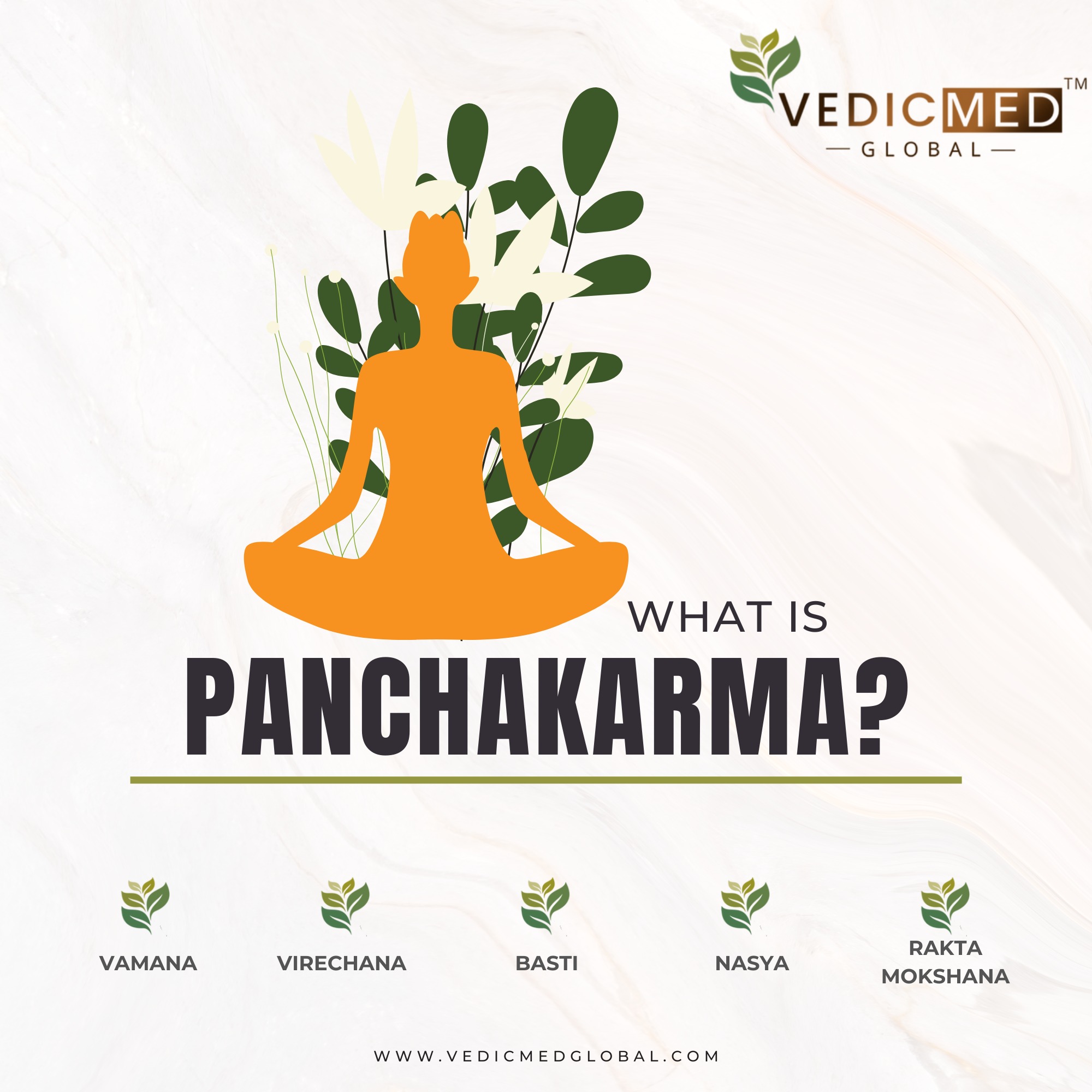

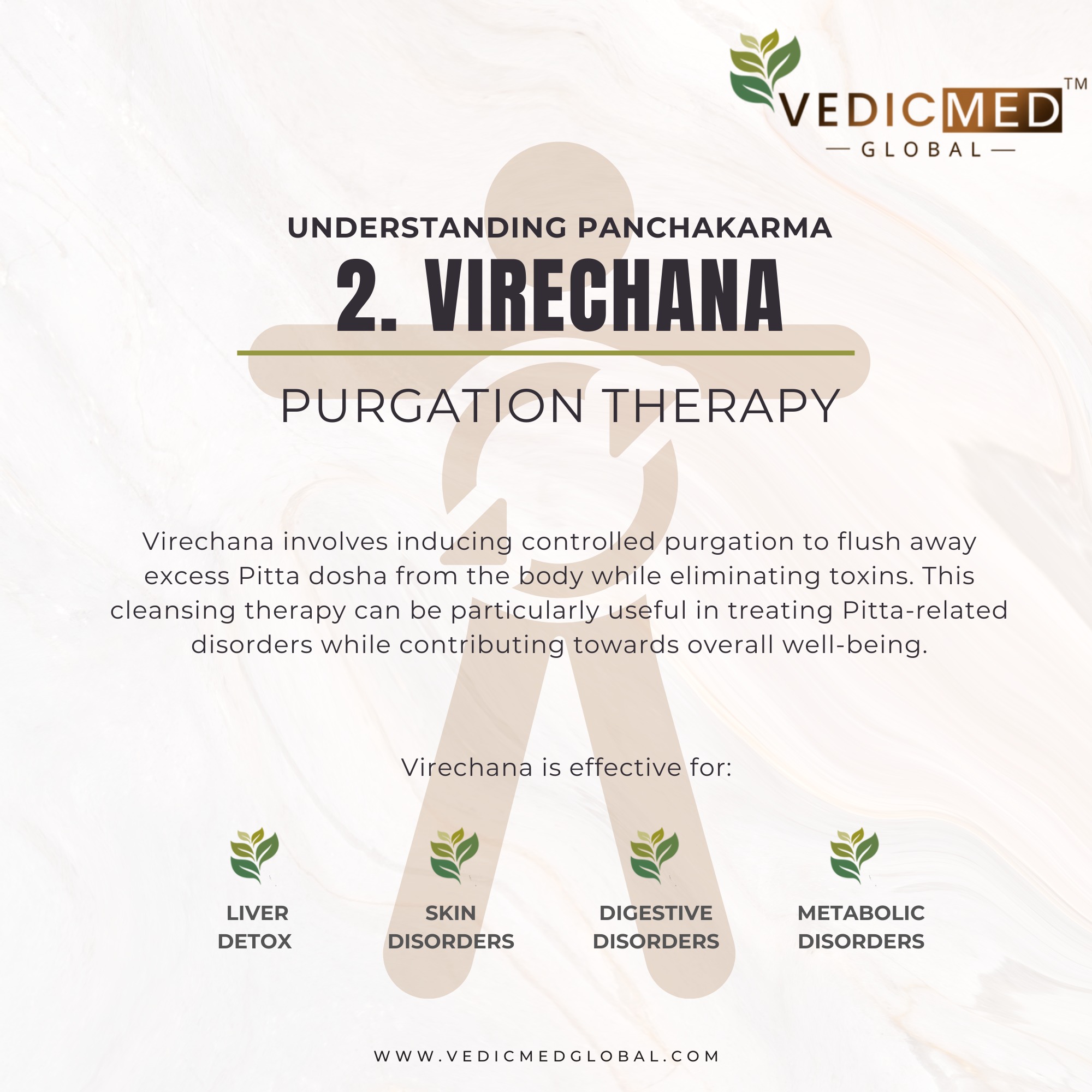
Panchakarma Therapy embodies the ancient wisdom of detoxification and rejuvenation, a holistic healing practice that harmoniously melds body-mind renewal with nature's restorative powers.
Panchakarma Therapy: An Ancient Art of Detoxification and Rejuvenation, a holistic approach to healing that harmonizes body-mind renewal through deep purification practices.
Panchakarma Therapy: An Ancient Art of Detoxification and Rejuvenation that harmonizes mind, body for a healthier self-transformation.
Exploring Panchakarma Therapy—the ancient art of detoxification and rejuvenation, a journey that harmoniously balances the body's energetic flows for whole-being renewal.
Experience the ancient wisdom of Panchakarma Therapy for a profound detoxification journey and rejuvenation like no other, where your body becomes one with nature's purest essence.






